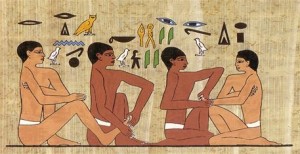What is Reflexology?
Reflexology is an art and science based on the principle that your feet, hands and ears are mini-maps of your entire body. Applying pressure through touch to the various points and areas can have tremendous benefits on the whole body. It is more than just a foot or hand massage. It works on organs, glands, and other body parts that other touch modalities may not be able to access through touch. Reflexology works through the nervous system and helps to break up congestion and deposits that have built up around our nerve endings from toxins and chemicals in our system. These deposits may create blockages which can interfere with communication between the cells, disrupt energy flow and ultimately lead to diseases if not broken down.
How Does it Work?
Through subtle energy flow and zones in the feet, hands and ears. Reflexology helps to break up deposits and congestion around the nerve endings. It works through intention and ways still unknown.
Benefits of Reflexology
Reflexology reduces stress and induces deep relaxation. It enhances circulation so the body can help cleanse itself of toxins. All of systems of the body can be balanced so the body can start to heal. Reflexology is key to a preventative health care program.
Reflexology History
 Reflexology is both old and new. There is evidence of ancient cultures, such as Egypt, India, China and Japan practicing some form of foot and hand therapy.
Reflexology is both old and new. There is evidence of ancient cultures, such as Egypt, India, China and Japan practicing some form of foot and hand therapy.
Modern day reflexology was introduced by Dr. William Fritzgerald in 1917 when he originated the “Vertical Zone Theory.” Then in 1924, Dr. Joe Shelby Riley introduced the “Horizontal Zone Theory.” Eunice Ingham combined the two theories to form a map on the feet and hands in 1930.
